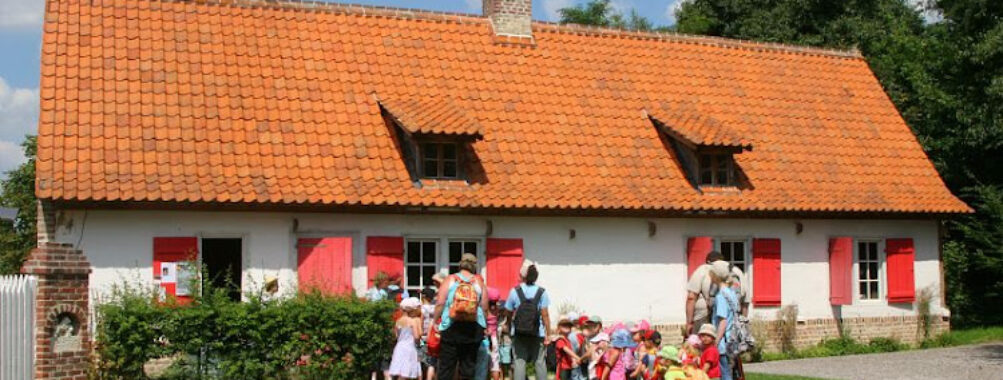
The Open Air Museum
Table of Contents
Description
Step back in time at this fascinating open-air museum that brings history to vibrant life! As someone who’s absolutely obsessed with living history experiences, I can tell you this place is truly something special. [The Beamish Open-Air Museum is an immense living history site](https://historyboots.wordpress.com/2018/01/25/200-years-of-time-travel-the-beamish-open-air-museum/) where you can wander through authentically reconstructed buildings from the 17th to 19th centuries. What makes it extra special? The buildings aren’t just empty shells – they’re occupied by skilled artisans practicing traditional crafts just like they did hundreds of years ago.
Key Features
• Traditional craftspeople demonstrating historical techniques
• Fully furnished period buildings you can explore
• Interactive demonstrations and hands-on activities
• Beautiful botanical gardens showcasing heritage plants
• Small farm animal area with historical breeds
• Seasonal events and special exhibitions
• Costumed interpreters sharing stories and traditions
• Working workshops where you can watch artisans create
• Period-accurate shops selling traditional goods
• Regular demonstrations of old-world skills and crafts
Best Time to Visit
I’ve found that spring and early fall offer the most pleasant conditions for exploring this outdoor museum. The weather tends to be mild and you’ll catch either the spring blooms or autumn colors. Summer brings the most activities and demonstrations, but also the biggest crowds – if you visit then, try to arrive right when they open. Winter has a special charm with holiday decorations and seasonal crafts, just bundle up! Weekday mornings generally see fewer visitors than weekends.
How to Get There
Getting here is pretty straightforward whether you’re driving or taking public transport. If you’re coming by car, there’s plenty of free parking available on-site. Those using public transportation can catch regular bus services from nearby towns – the museum is well-connected to regional transport networks. I’d recommend checking their website for the most up-to-date directions from your specific location. Trust me, the journey is worth it!
Tips for Visiting
After multiple visits, I’ve picked up some handy tricks to make the most of your time here. Wear comfortable walking shoes – you’ll be doing lots of walking on various surfaces. Bring a water bottle and snacks, though there are period-appropriate refreshments available on-site. I always recommend starting your visit early in the day to catch the morning craft demonstrations.
The museum is mostly outdoors, so check the weather forecast and dress accordingly. Rainy days can actually be quite atmospheric, but bring an umbrella! Photography is allowed in most areas, so don’t forget your camera. Some of the craftspeople are happy to explain their work in detail – don’t be shy about asking questions.
If you’re visiting with kids, grab an activity pack from the entrance – it’ll help keep them engaged throughout the visit. Plan for at least 3-4 hours to properly explore everything, though you could easily spend a full day here. The weekday afternoons tend to be quieter if you prefer a more peaceful experience.
Most importantly, take your time to really soak in the atmosphere. This isn’t just any museum – it’s a chance to experience history firsthand. Chat with the artisans, try your hand at some old-world crafts, and imagine what life was really like in centuries past. And whatever you do, don’t miss the bread-making demonstration – the smell alone is worth the visit!
Remember to pick up a map at the entrance and plan your route – the site is quite large and you won’t want to miss any of the key attractions. Some buildings have timed demonstrations, so check the daily schedule when you arrive. Also, while they do accept cards, carrying some cash can be handy for purchasing artisan-made items or traditional treats.
Y’know what’s funny? Every time I visit, I notice something new – whether it’s a detail in one of the buildings I missed before, or an interesting tidbit from one of the super knowledgeable interpreters. That’s what makes this place so special – it’s not just about looking at old buildings, it’s about experiencing history in a way that feels real and personal.
Location
Places to Stay Near The Open Air Museum
Find and Book a Tour
Explore More Travel Guides
No reviews found! Be the first to review!